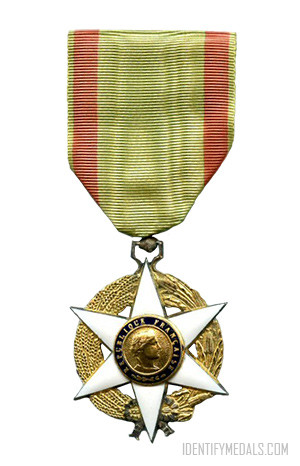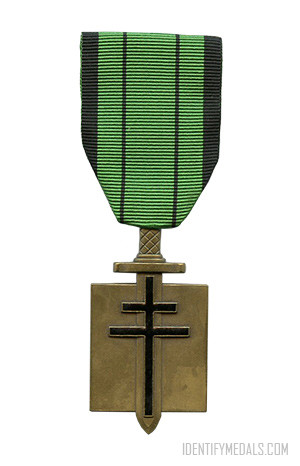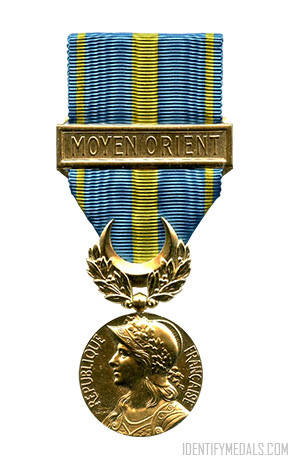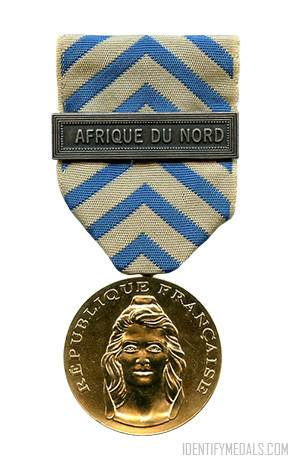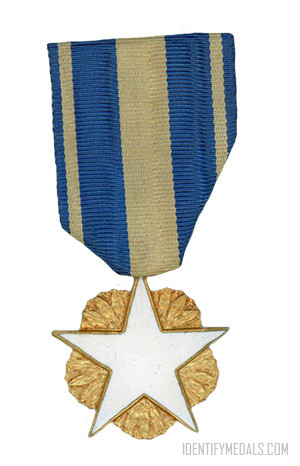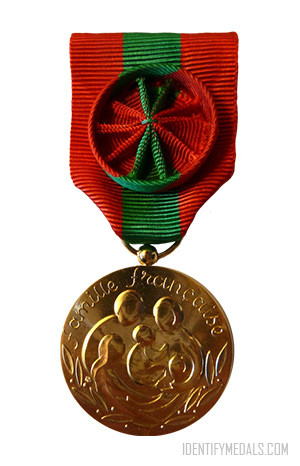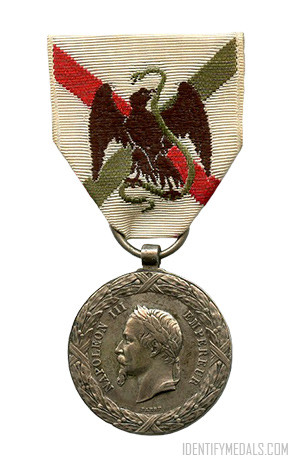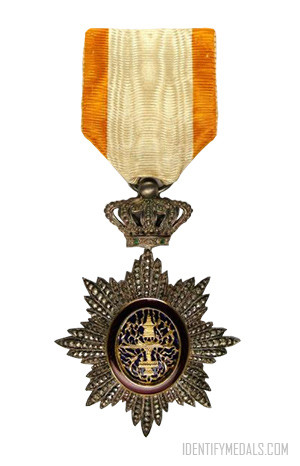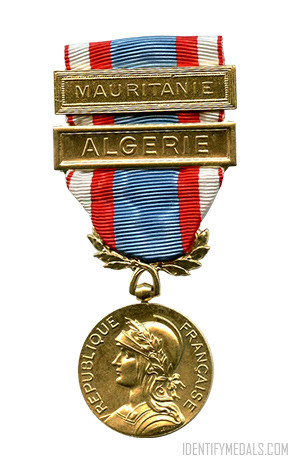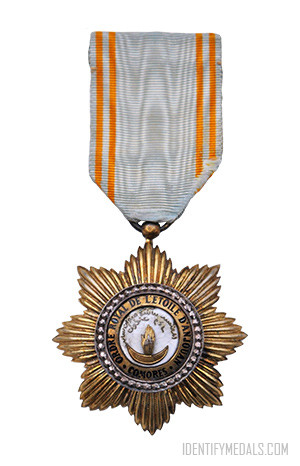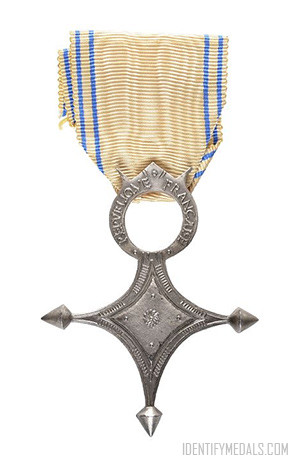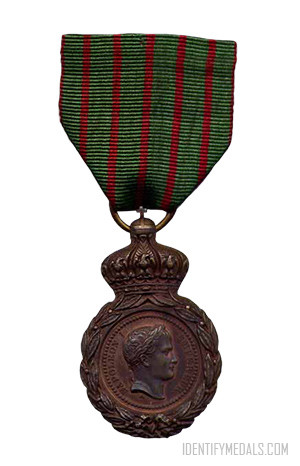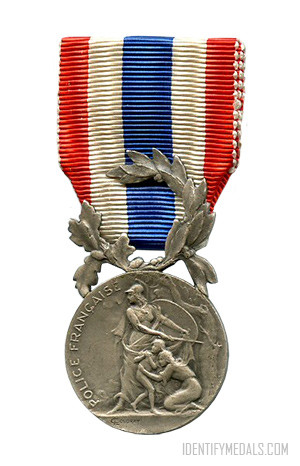The Order of Agricultural Merit (or Ordre du Mérite agricole) is an order of merit bestowed by the French Republic for outstanding contributions to agriculture.
When it was created in 1883, it was second in importance only to the Legion of Honour within the French order of precedence. The order was established on 7 July 1883, based on the proposition of the then Minister of Agriculture Jules Méline, in an effort to adequately reward services to agriculture in view of the maximum number of the Legion of Honour that could be awarded yearly. Labour was intensive and never-ending, devotion was commonplace but the rewards were rare.
The Order comprises approximately 340,000 recipients to date, of which approximately 23,000 are alive at any given time, including all living former ministers of agriculture. Officers number approximately 60,000 to date with approximately 5,000 living, and approximately 4800 were made commanders to date, with approximately 400 living at any given time.
Award prerequisites are as follows:
- Knight: be at least thirty years of age with fifteen years of service/work;
- Officer: at least five years as a Member of the order;
- Commander: at least five years as an Officer of the order.
Conditions of age and of seniority may be lowered for candidates who have outstanding qualifications.
The Order of Agricultural Merit Design
The Order of Agricultural Merit is in the form of a 40mm (35mm for pre-November 1999) wide star, 60mm for the commander’s insignia, with six white enameled arms, the arms resting on a gilt wreath of wheat on the right and of corn on the left.
On the obverse at its center, a gilt medallion bearing the effigy of the republic in the form of the relief right profile of a woman’s head, the medallion is surrounded by a narrow blue enameled band bearing the golden semi-circular inscription “RÉPUBLIQUE FRANÇAISE” (“FRENCH REPUBLIC”).
On the reverse, the gilt medallion bears the relief inscription on three lines “MÉRITE” “AGRICOLE” “1883” (“AGRICULTURAL MERIT 1883”), it is surrounded by a plain blue enameled band.
The officers’ and commanders’ badges also bear a gilt wreath, half vine and half olive branch, between the insignia and the ribbon suspension ring. The knight’s insignia is made of silver, the officer’s is made of silver-gilt, the commander’s is made of silver-gilt or gold.
The order hangs from a 37mm wide silk moiré green ribbon with 5mm amaranth vertical stripes located 1mm from the edges. The commander’s insignia is worn on a cravat around the neck.

